Feeling Adrift? How to Use Books to Find Your Way in Your 20s and 30s
For years now, I’ve worked as a coach, and my world revolves around helping people navigate the wild, confusing, and absolutely critical decades of their twenties and thirties. It’s a time packed with so much change and so many big questions. So many of my clients show up feeling, for lack of a better word, lost. They’ve done everything they were told to do—got the education, landed a decent job—but there’s this nagging feeling of being adrift. “Is this really it?” they ask. They’re searching for a life map, but nobody ever hands you one.
In this article
In my practice, I’ve seen firsthand how powerful the right book can be. But let’s be crystal clear about something: a book is not a magic wand. It won’t magically fix your problems. Honestly, the real work starts the moment you put the book down. A book is a catalyst. It can offer a new framework, give you language for feelings you couldn’t quite name, and ultimately, help you see your own life with fresh eyes.
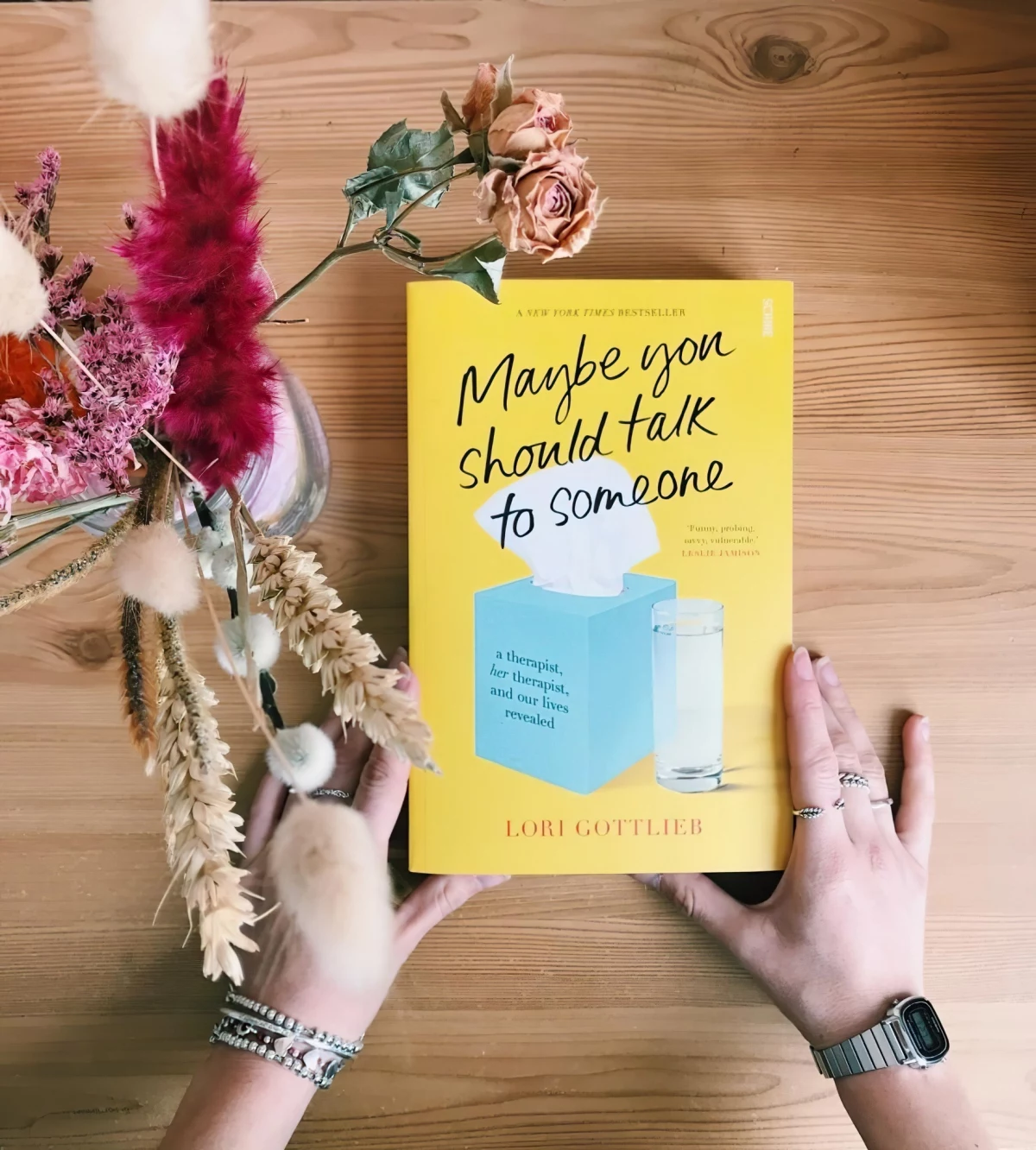
This isn’t just another list of “best books.” Think of this as a guide on how to actually use certain books for genuine growth. I’m sharing the stuff that has worked for hundreds of people I’ve sat with. You’ll find that how you read is so much more important than what you read. We’re going to dive deep into a few foundational reads and explore how to engage with them as an active participant, not just a passive consumer. This is how you turn reading into a real tool for self-discovery.
Don’t Just Read—Get Ready for Real Change
Most of us were taught to read for information, usually to pass a test or learn a skill for work. Reading for personal growth is a totally different ballgame. It’s an active, and sometimes, yeah, uncomfortable process. It requires you to hold up a mirror to your own life, your beliefs, and your patterns. When you do this right, you’re not just absorbing words; you’re starting a conversation with the author and, more importantly, with yourself.
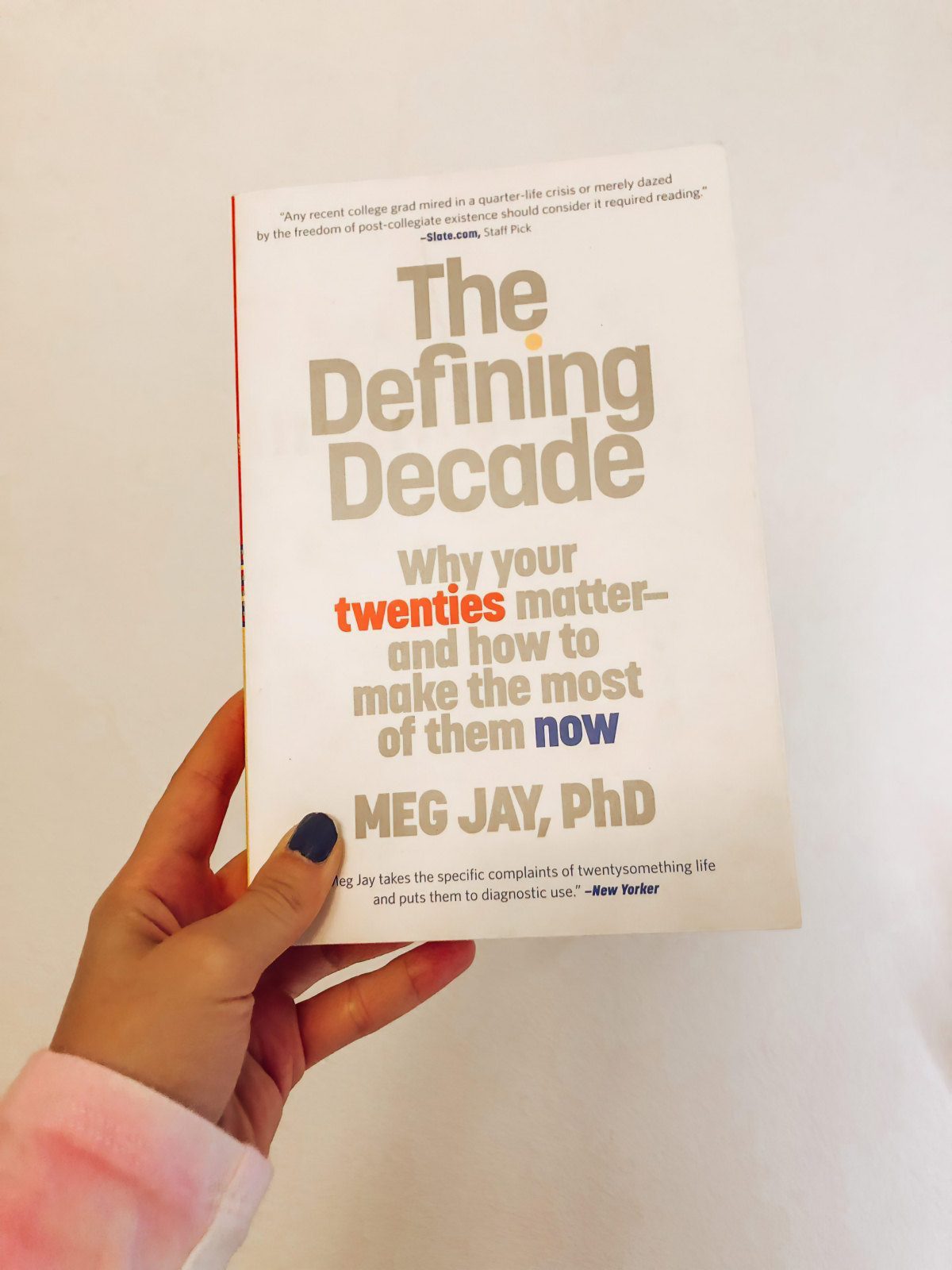
My Go-To Method: Read, Reflect, Act
Over the years, I’ve refined a simple three-step method to help my clients get the most out of their reading. It’s all about turning passive learning into active change.
First, you need your reading toolkit. It’s super simple: the book itself (which you can often find for about $15-$25 new, or even better, for free from your local library!), a journal (a basic $5 spiral notebook is perfect), and a pen that you actually enjoy writing with.
1. Read with a Pen in Hand. This is non-negotiable for my clients. Underline sentences that hit you in the gut. Star ideas that challenge you. Scribble questions and thoughts in the margins. The physical act of marking up a book forces your brain to engage on a deeper level. Your copy should become a personal artifact, a record of your dialogue with the ideas on the page.
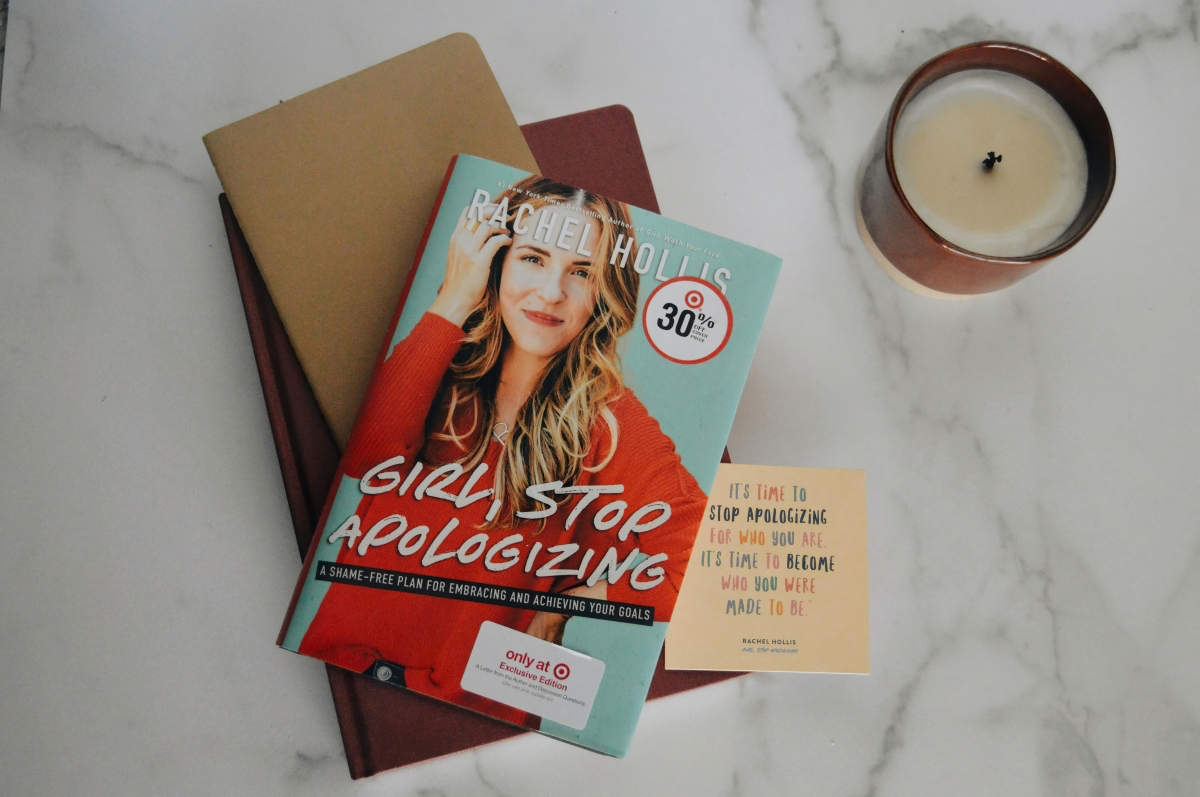
2. Reflect in a Journal. After you finish a chapter, close the book. Seriously. Spend at least 15 minutes with your journal. Don’t just summarize; ask yourself some real questions. Why did that passage stand out? Where do I see this pattern in my own life? What belief of mine is this idea pushing against? This is where the magic happens. It’s how you move an idea from the book into your own reality.
3. Take One Small Action. Look, information without action is just trivia. The final, crucial step is to pick one small, concrete thing you can do within the next 48 hours based on what you just read. If a chapter was about connection, your action might be to send one text to a friend you miss. If it was about a new habit, just try it once. Small, consistent steps are what build momentum and create lasting change. And hey, if you feel totally uninspired after a chapter, just find ONE sentence. Journal on that for 5 minutes. It’s always better than zero!
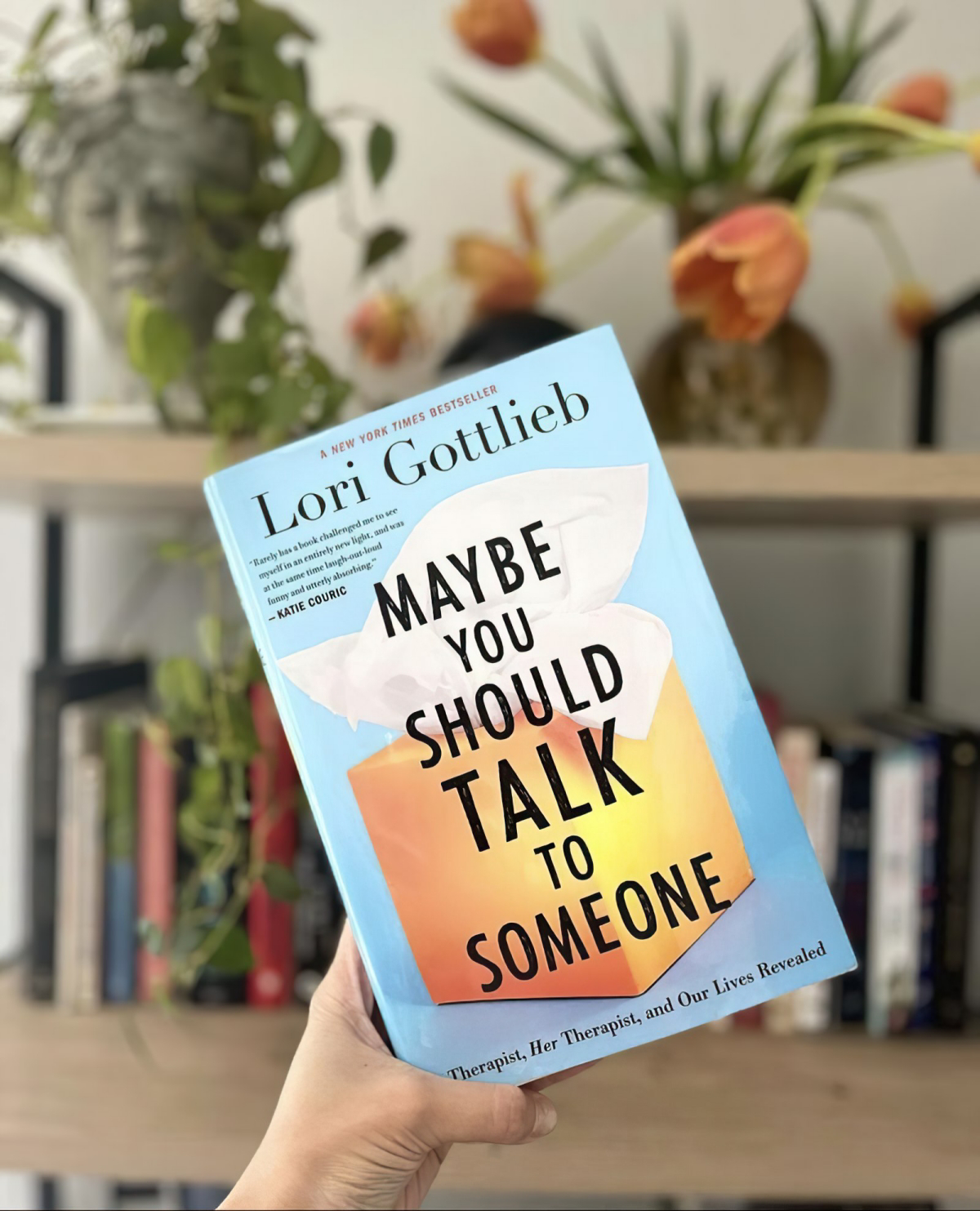
A Quick Heads-Up!
This kind of self-examination can stir things up emotionally. Some books might bring up painful memories or challenge beliefs you’ve held your whole life. That’s a normal part of growth, but please be gentle with yourself. If a book feels too overwhelming, it is 100% okay to put it down. You can always come back to it. Remember, these are meant to be tools for your well-being, not new sticks to beat yourself with. And they are definitely not a substitute for professional therapy, which we’ll talk more about later.
The Core Toolkit: A Few Books and What They’re For
Instead of a huge, overwhelming list, I find it’s better to focus on a few key types of books, each designed for a different job. Think of this as the toolkit I’ve built over my career. There’s a practical blueprint for making the most of your twenties, an emotional mirror that demystifies therapy, a permission slip to rediscover your creativity, and a powerful manifesto for breaking free from expectations.
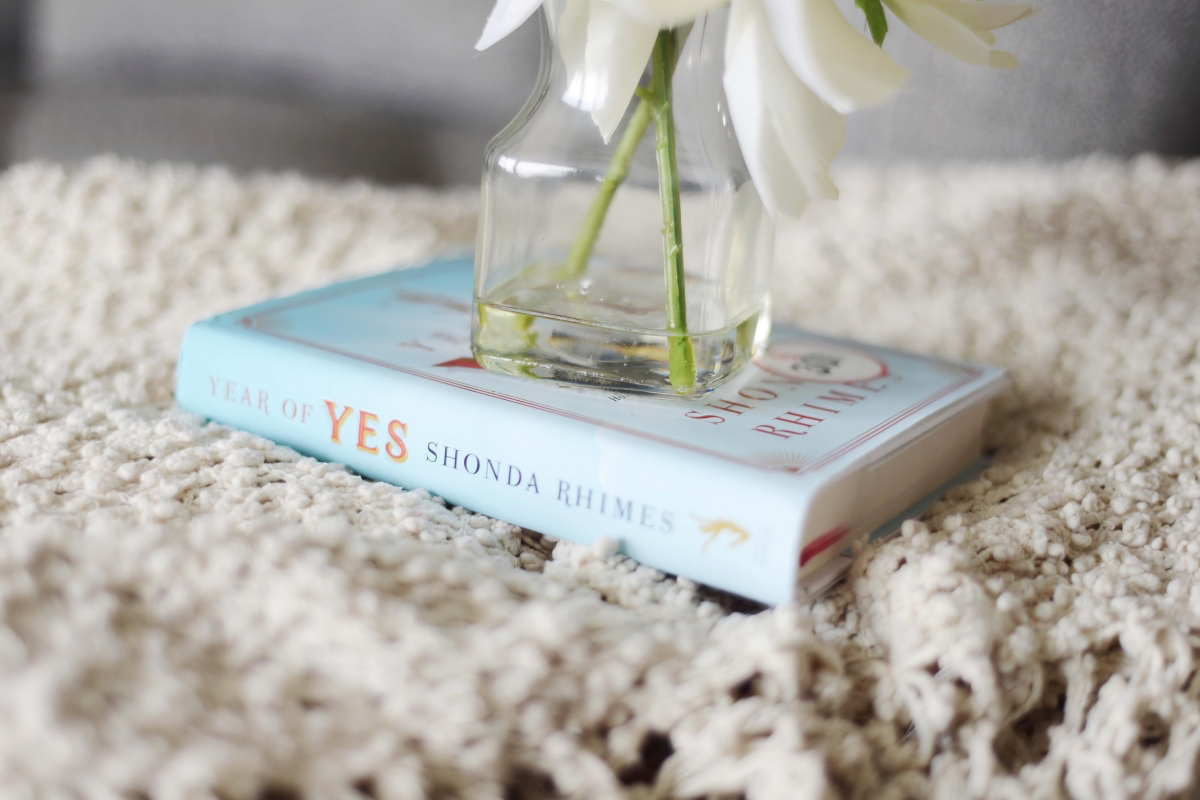
1. The Practical Blueprint for Your Twenties
What it’s for: This is the book I recommend for anyone in their early-to-mid-twenties who feels like they’re just spinning their wheels. It’s especially powerful for those who’ve been told their twenties are a “throwaway” decade before life gets serious. Written by a clinical psychologist, it makes a compelling, evidence-backed case that the choices you make in this decade have a massive impact on your future.
The big idea: It’s all grounded in developmental psychology. The book introduces the idea of “identity capital”—the personal assets you collect, like your skills, experiences, and personal network. It also highlights the power of “weak ties,” those acquaintances outside your inner circle who are often the source of new jobs and opportunities. Using this book, you can start to be more intentional about building a life you love, not just letting it happen to you.
Common pitfall: This book can sometimes trigger major anxiety. I once had a client who read it at 28 and spiraled, feeling he’d “wasted” his twenties. We had to work to reframe it. The book is NOT a list of missed deadlines. It’s a guide to being more intentional, starting today. It’s never too late to start.
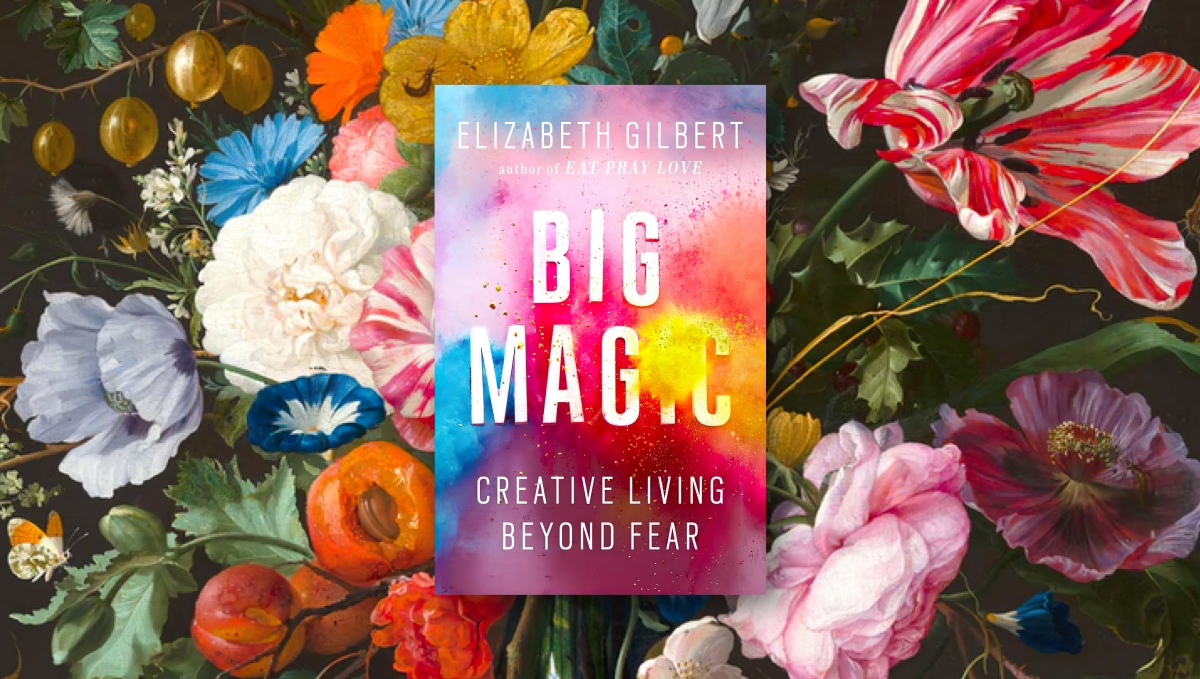
2. The Emotional Mirror (The “Therapy Demystified” Book)
What it’s for: This one’s for anyone who is curious about therapy but also kind of terrified of it. It’s also great for people who feel like their problems aren’t “bad enough” for professional help. Written by a therapist who finds herself in a crisis and ends up in therapy herself, it pulls back the curtain on the whole process with incredible warmth and honesty.
The big idea: It’s a beautiful illustration of how modern therapy works. You’ll see concepts like the “therapeutic alliance” (the bond between client and therapist) in action. More importantly, it reveals a universal truth: our struggles are what connect us. Reading about the secret pain of others helps us feel so much less alone in our own. As you read, pay attention to which person’s story you connect with most—it can reveal a part of your own story you haven’t fully seen.
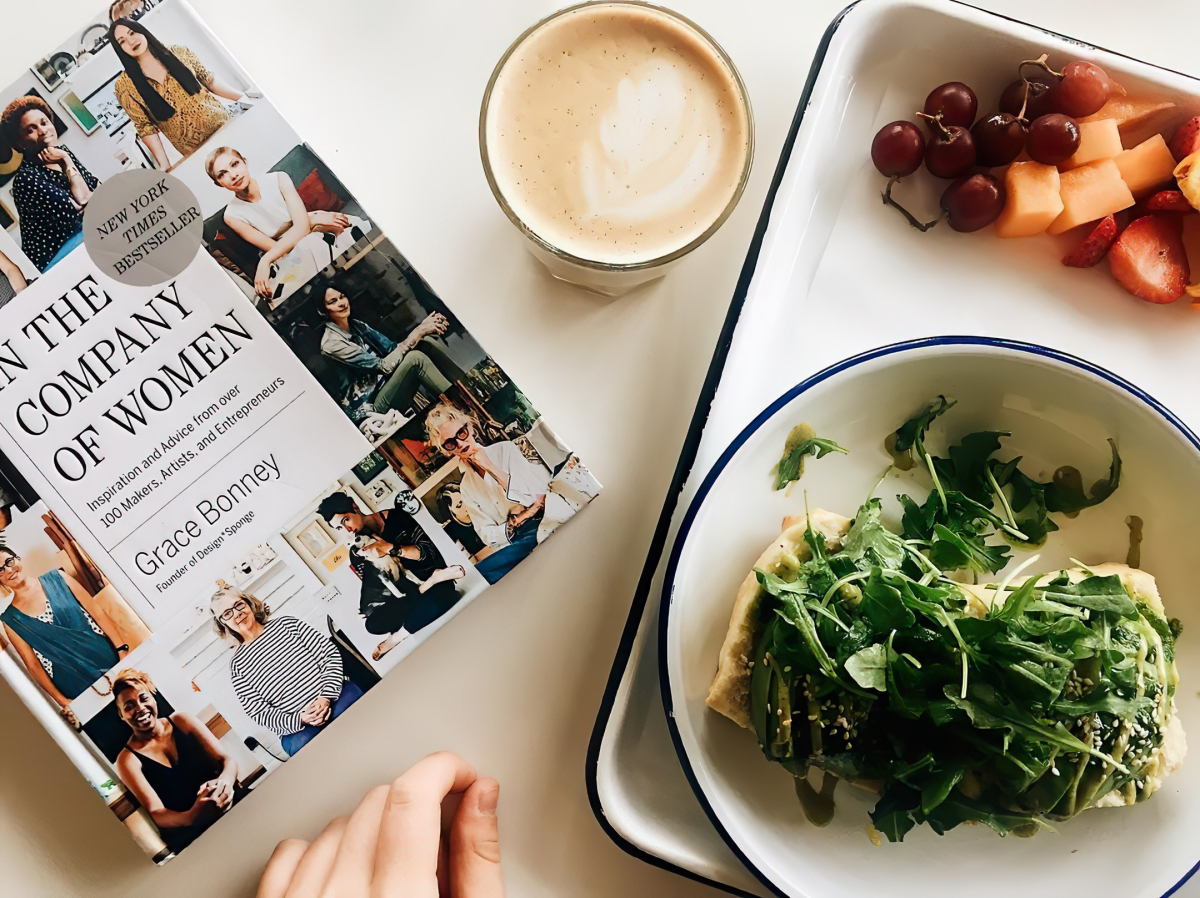
A critical disclaimer: This book is an emotional mirror, and you might not always love the reflection. It can bring up your own grief or tough relationship dynamics. If you feel overwhelmed or sad for a long time after reading, that’s a clear sign. The book did its job by highlighting a tender spot. This is the moment to consider finding a real, live therapist to talk to.
3. The Creative Permission Slip
What it’s for: This is my go-to for the client who says, “Oh, I’m not creative.” It’s for the perfectionist who is too scared to even start. It’s for anyone who wants more joy and curiosity in their life, whether that’s through painting, gardening, or just trying new recipes. It reframes creativity not as suffering, but as play.
The big idea: It’s all about separating your self-worth from your creative output. Your project can fail, but you are not a failure. It also offers a brilliant way to deal with fear: let it come along for the ride, but don’t ever let it drive. To be frank, when I first read this, I was terrified to start my own coaching practice. That simple idea of letting fear ride in the passenger seat completely changed my perspective and helped me get started.
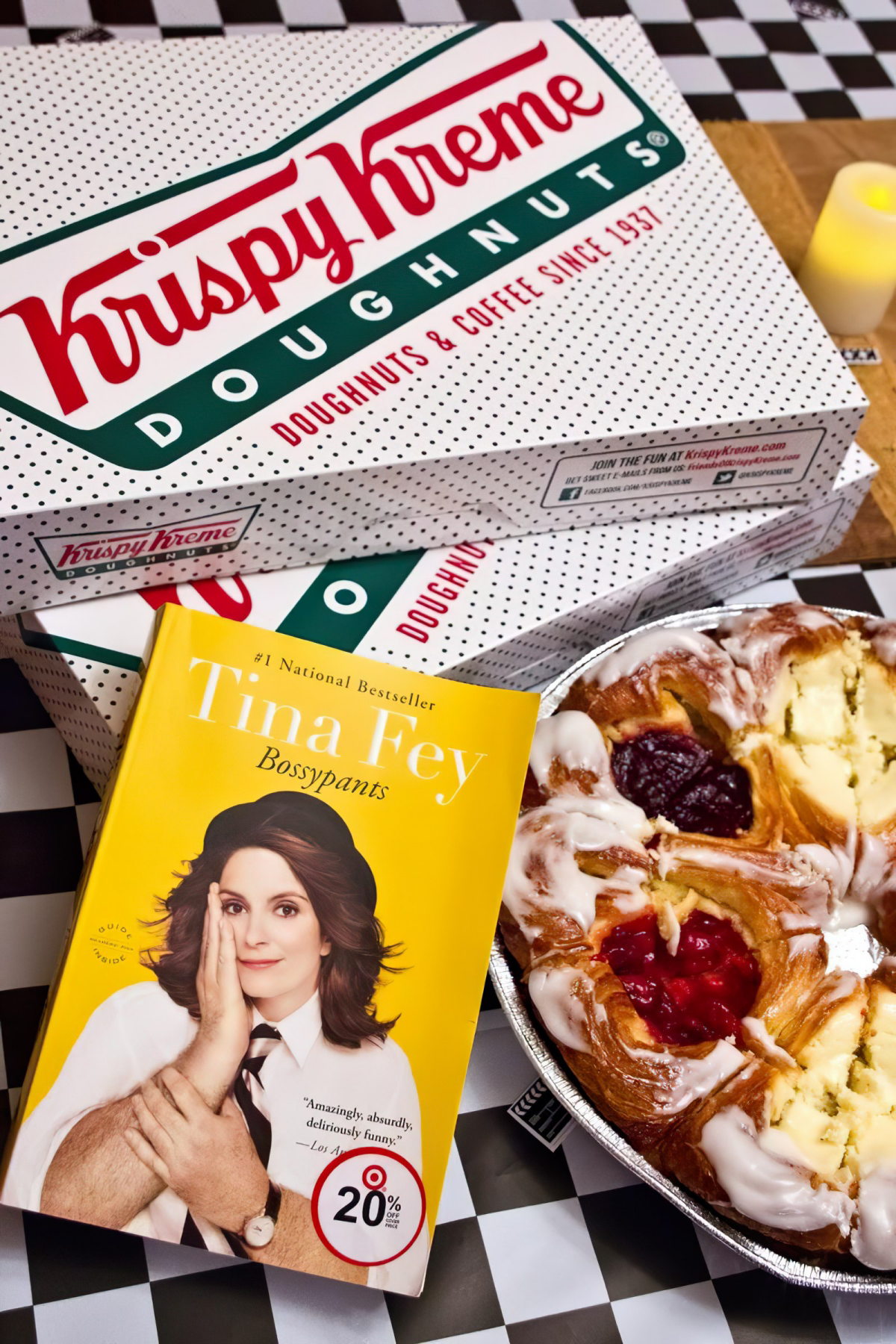
Common pitfall: Some people find the book’s core metaphor—that ideas are living things that visit us—a bit too “woo-woo.” If that’s you, just treat it as a metaphor. The point is to externalize your work so you don’t take criticism so personally. Focus on the incredibly practical advice about curiosity and perfectionism; you don’t have to buy into the magic to get the benefits.
4. The Personal Liberation Manifesto
What it’s for: I approach this one carefully. It’s for the person who has checked all the boxes and done everything “right” but feels deeply, miserably trapped. It’s often for women who feel suffocated by the expectations of family, culture, or religion. It’s a powerful story about dismantling the life you were supposed to want to build one that is true to yourself.
The big idea: At its heart, this book is about deconstructing social conditioning. It talks about the “cages” of expectation we’re all put in. The core message is that underneath all that conditioning is an authentic, inner voice—your “Knowing”—that you can learn to trust again. It’s a call to move from seeking external approval to finding internal validation.
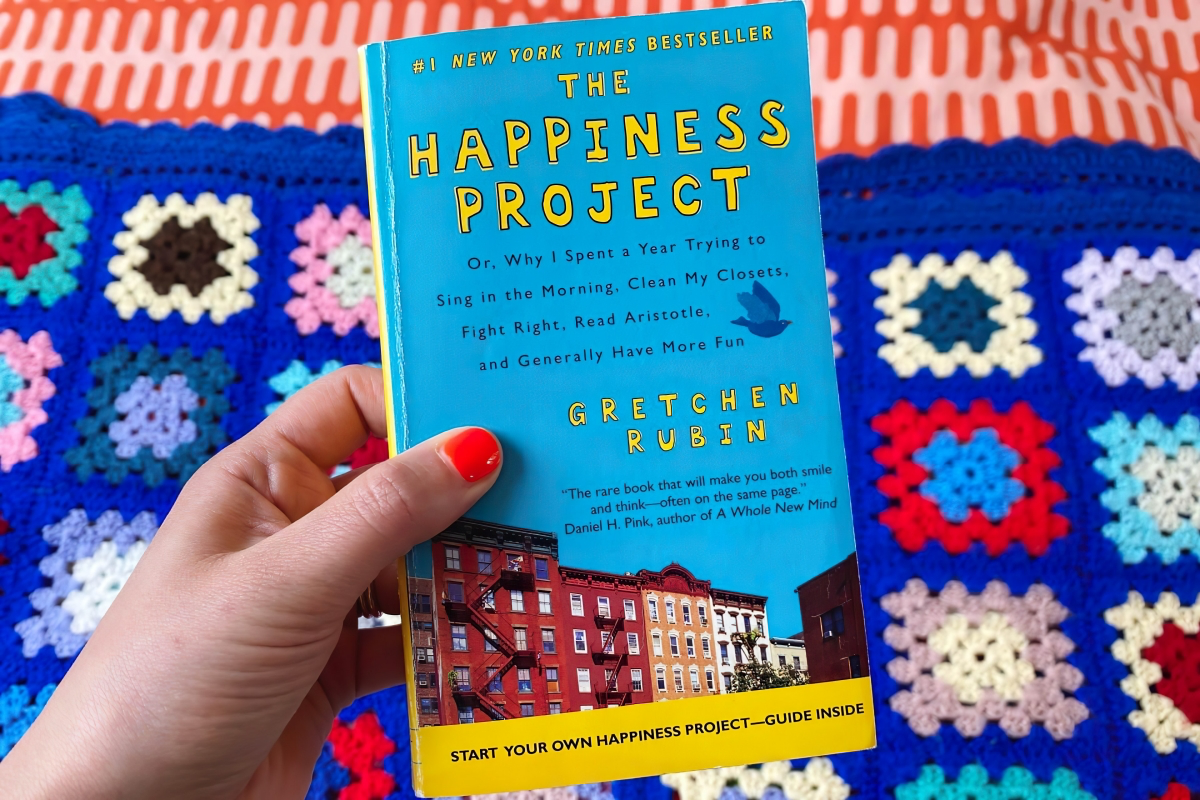
Common pitfall: This is probably the most polarizing book of the bunch. Its message can challenge your core beliefs about family and duty. I always give a warning: read it with an open mind, but honor your own context. The goal isn’t necessarily to blow up your life. It’s to make more conscious choices. You might decide to stay, but to do so from a place of choice, not obligation. That alone is a huge shift.
Moving Beyond the Bestsellers
These popular books are a fantastic start, but it’s important to see them as a gateway, not the final destination. Many famous self-help books are written from a very specific cultural perspective. The journey doesn’t stop here.
Your next step is to build a reading list that truly reflects you. I always encourage my clients to get curious and seek out:
- Memoirs that resonate. Instead of just grabbing any biography, look for a story about someone who overcame a challenging upbringing to find their own path, or someone who built a career you admire.
- Authors from different backgrounds. Reading stories and perspectives from cultures different from your own is a powerful way to question your own assumptions about how the world works.
- Timeless wisdom. You don’t have to be a scholar to benefit from classic philosophy. Maybe dip a toe into some foundational Stoic ideas about what you can and can’t control, or explore the core tenets of mindfulness from Buddhist traditions. These ideas have survived for a reason.
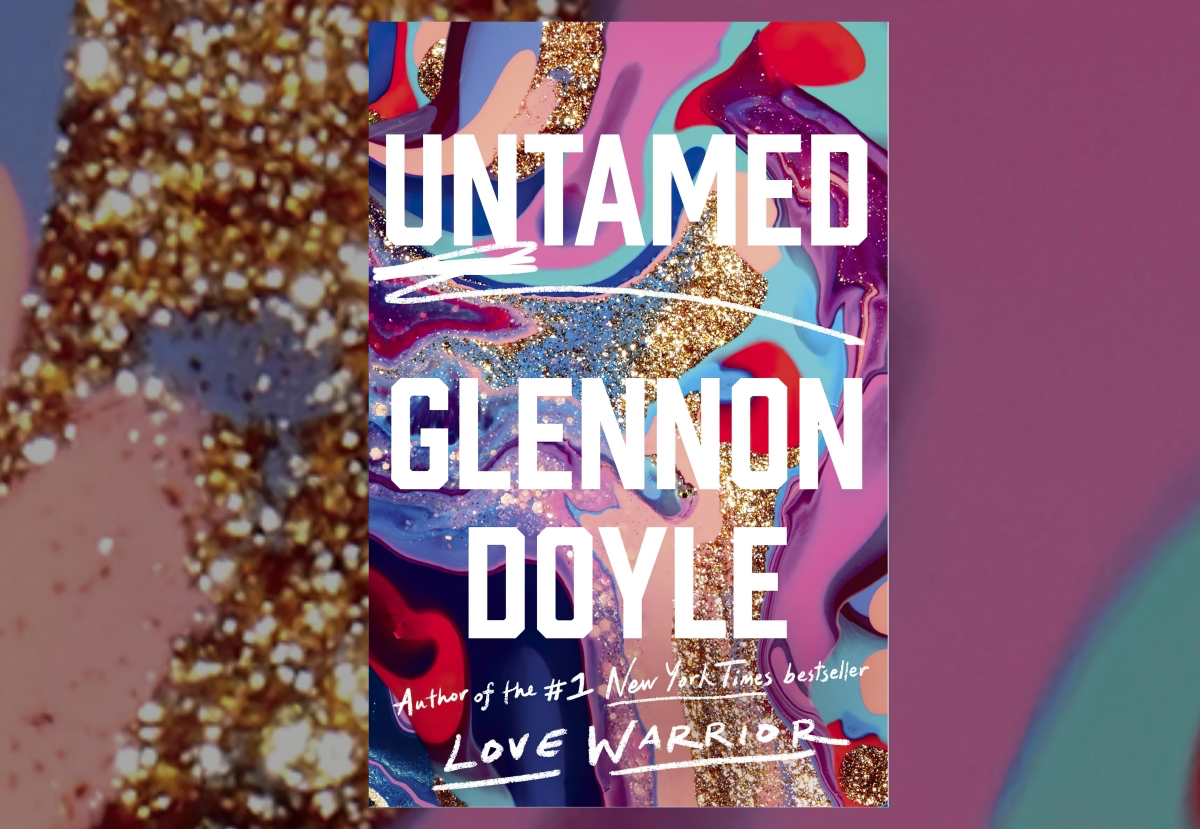
When Books Aren’t Enough (And How to Get Real Help)
I want to end on the most important point of all. Books are a wonderful supplement. They are not, and never will be, a substitute for real human support.
As a coach, it’s my professional responsibility to know when to refer a client to a licensed therapist. Here are some signs that it’s time to seek help that goes beyond a book:
- You’ve been stuck in the same negative loop for months or years, despite trying to change.
- Reading about certain topics brings up overwhelming emotions (like panic, despair, or rage) that feel too big to handle alone.
- You’re dealing with symptoms of a clinical issue like depression, debilitating anxiety, an eating disorder, addiction, or unresolved trauma.
- You’re finding it hard to function in your daily life—like getting to work or maintaining your relationships.
If any of that sounds familiar, please know that finding a good therapist is one of the most powerful investments you can ever make in yourself. But where do you even start? It can feel overwhelming. Good to know: there are some amazing online resources. The directory on Psychology Today is a great place to find licensed therapists in your area. For online options, you can check out platforms like BetterHelp. And if cost is a major barrier, look into the Open Path Collective, which offers a directory of therapists who provide sessions at a significantly reduced rate, usually between $40 and $70.
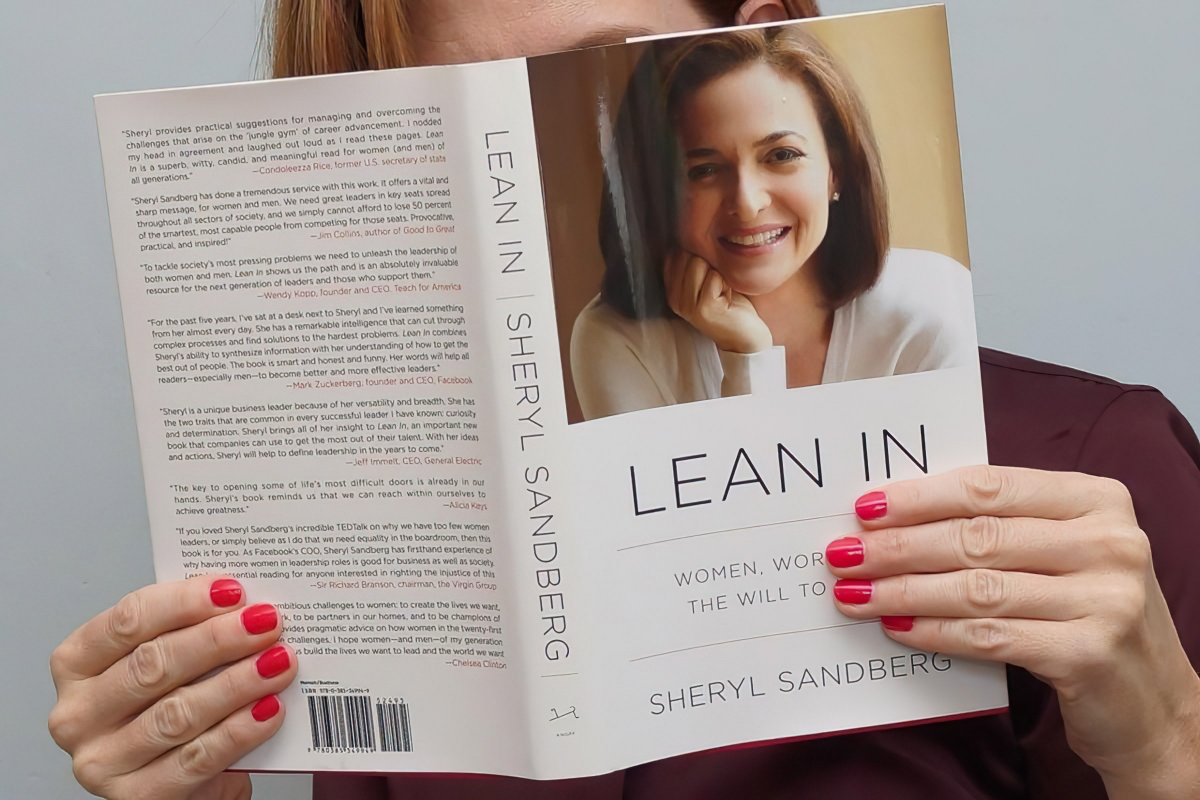
A book can give you a map, but a therapist can sit with you in the car when you’re scared to drive. The journey through your twenties and thirties is uniquely yours. No book has all the answers, but the right ones, read the right way, can help you ask much better questions. And that, right there, is the true beginning of finding your own way.
Galerie d’inspiration
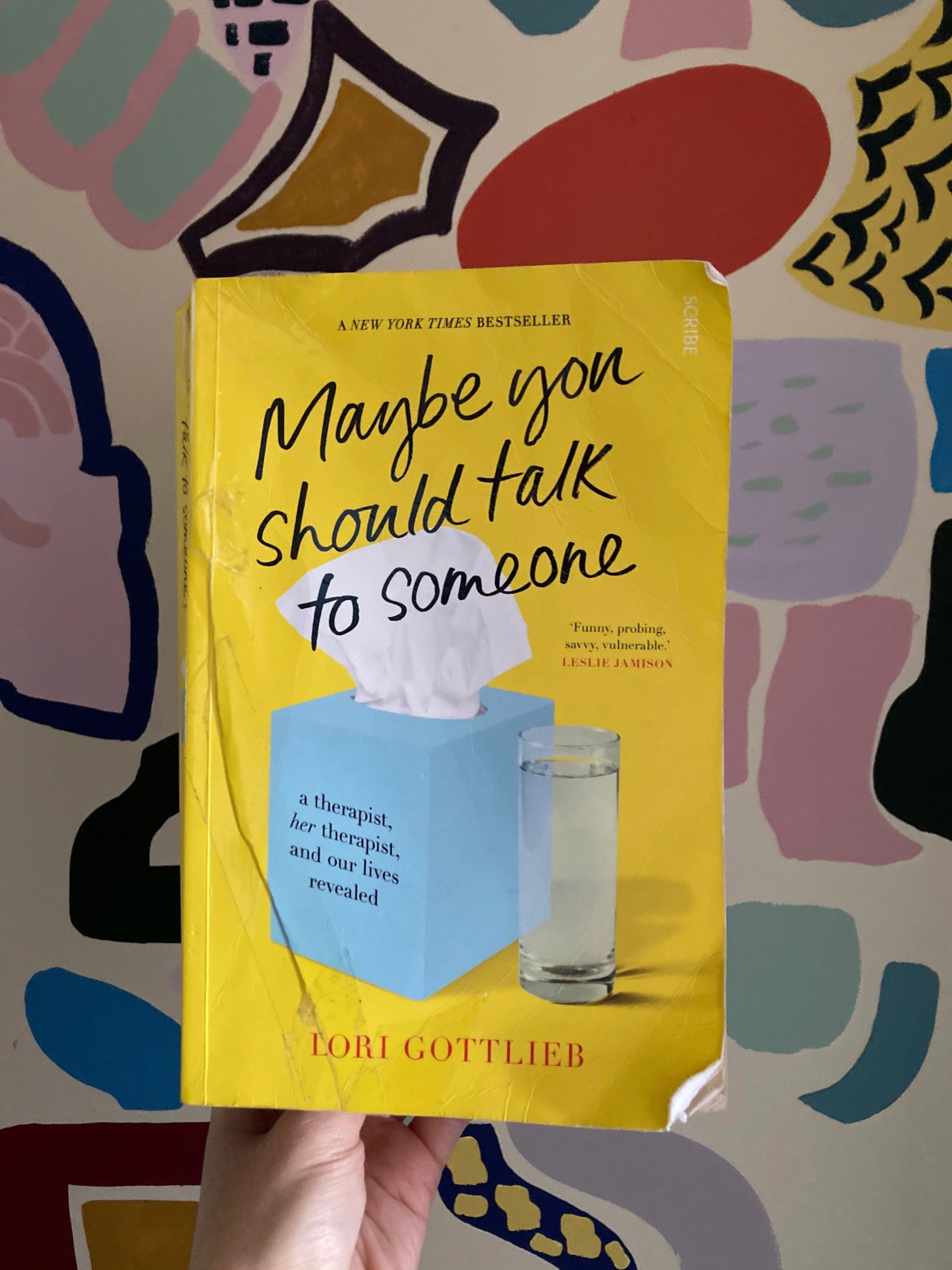
How do I capture insights that actually stick?
Reading is only half the battle; capturing your thoughts is where change begins. Many find success with a dedicated










